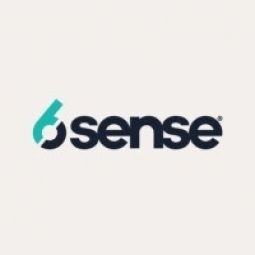Technology Category
- Platform as a Service (PaaS) - Application Development Platforms
Applicable Functions
- Human Resources
- Procurement
Services
- Testing & Certification
About The Customer
Worktango, formerly known as Kazoo, offers a holistic Employee Experience Platform designed for the modern workplace. The platform enables meaningful recognition and rewards, provides actionable insights through employee surveys, and supports alignment through goal setting and feedback. Kazoo's platform transforms the approach to human resources by fully empowering employees and managers to drive key HR processes. With Kazoo, employees have a central, single source for feedback, goals, performance discussions, check-ins, and more. The company's goal is to out-market its competition in the HR platform space, rather than outspend them.
The Challenge
Kazoo, now known as Worktango, was facing a significant challenge in the competitive HR platform space. The company had traditionally relied on a 'tonnage' lead-generation approach, which involved collecting email addresses through form-fill gates, sending numerous nurture emails, and making extensive outbound calls. However, this approach was not yielding the desired growth. The company needed to shift its strategy to out-market, rather than outspend, its competitors. The incoming CMO, Casey Carey, recognized the need for a more targeted approach, focusing on buyers early in their journey and on accounts that were the right fit for Kazoo's platform. To achieve this, Kazoo needed intent data to understand buying stages and areas of interest, ensuring that its sales and marketing teams were maximizing their efforts.
The Solution
Kazoo turned to B2B intent data provider Bombora, which could evaluate and detect surges in potential customers' level of interest. Combining Bombora data with Kazoo's own first-party data, a rules-based model was created to predict buying stages. This approach resulted in a nearly 3x improvement in engagement, including reply and contact rates. However, the team soon realized they lacked the bandwidth to fully utilize the data. This led them to 6sense, a solution that used lookalike functionality to uncover new accounts similar to successful ones. The combination of 6sense and Bombora resulted in significant returns, uncovering 25% more in-market businesses and an 8% lift in buying stage model performance. The new model accurately predicted accounts most likely to convert to revenue, with 77% of opportunities created being identified by 6sense as being in Decision and Purchase stages.
Operational Impact
Quantitative Benefit

Case Study missing?
Start adding your own!
Register with your work email and create a new case study profile for your business.







